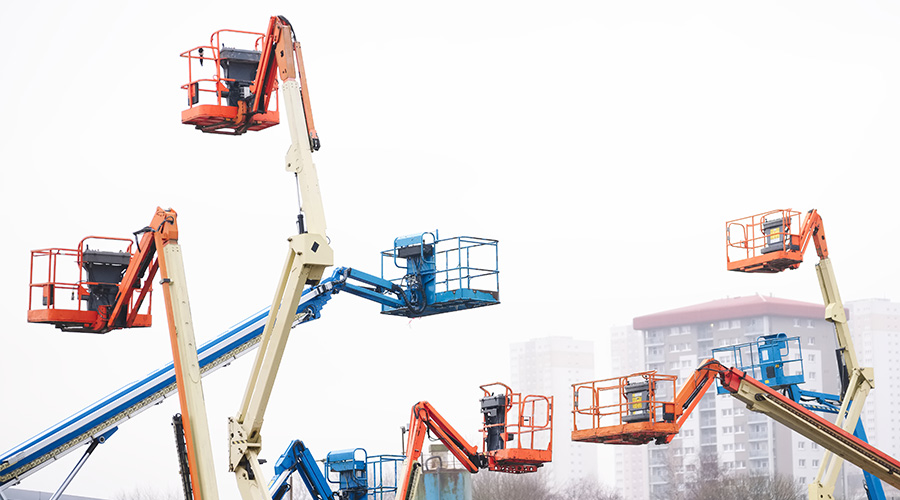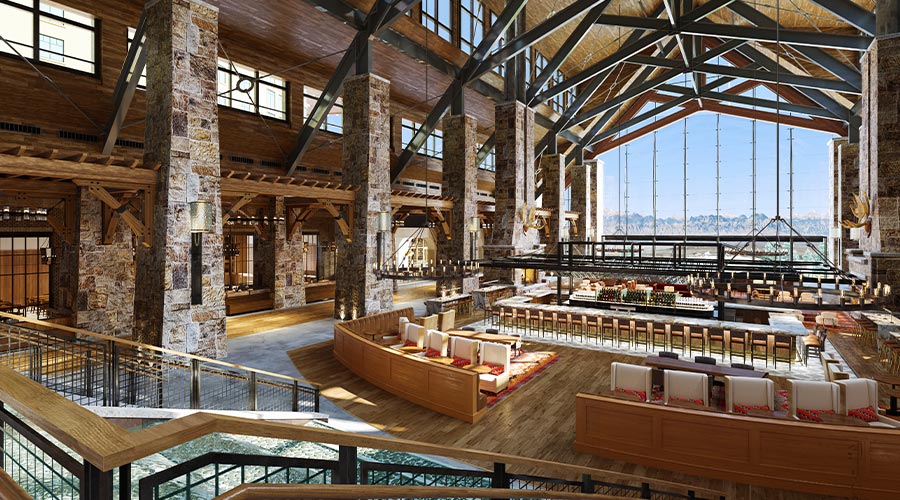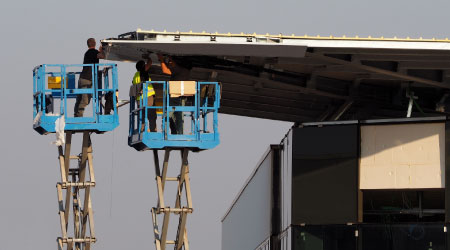Decision on Lifts: Buy, Rent or Lease?
When deciding whether to buy, rent or lease an aerial work platform and lifts, managers should view the options through the prism of permanence.
Buying a new lift requires the most demanding decision-making because it is the most expensive. Managers need to thoroughly analyze lifting requirements to get a reliable, versatile lift that meets user needs and will be used after purchase.
Buying used equipment is the next most costly option, so the same strategy applies but with less financial impact. Both of these buy options involve a capital expenditure. Purchased equipment is depreciated over time, but it also can be financed over time.
Leasing is a longer-term option, so again, it is important for managers to seek more versatile equipment to handle more types of work, as well as to ensure that high utilization is maintained over the lease period.
The daily rate for rental equipment is very high, and the delivery and return costs are spread over just one or a few days. Rentals usually take place for a specific purpose — for example, placing a 600-pound air conditioner 20 feet in from the edge on a 40-foot-high roof. Managers can write off lease and rental expenses in the year they incur, so they do not involve long-term depreciation issues.
In deciding on the most appropriate option, managers must consider both cost and functional issues. Cost issues include: the length of the investment; the availability of cash; the aerial-lift investment payback versus payback potential for other investments using the same funds; interest rates; appropriate levels of workman's compensation and liability insurance; pickup and delivery costs; and maintenance costs.
Close communication with the organization's finance and accounting departments, as well as a written agreement with the rental agency, are the best routes to resolving these economic issues.
Functional issues are equally important. They include: personal protection equipment and procedures; aerial equipment safety controls; in-house maintenance capabilities; the availability of aerial lift operating and maintenance technicians; operation and maintenance manuals located on the equipment; safety, operating and maintenance training requirements; in-house or contractor repair facilities, tools and equipment; and a secure storage space for the equipment when not in use.
Given the expanding workload for maintenance and engineering departments, managers cannot afford to waste either time or money in making a decision on aerial work platforms and lifts. But ultimately, the top priority is to find the option that enables workers to complete the task efficiently, cost-effectively and safely.
Thomas A. Westerkamp is a maintenance and engineering management consultant and president of the work management division of Westerkamp Group LLC.
Related Topics:














